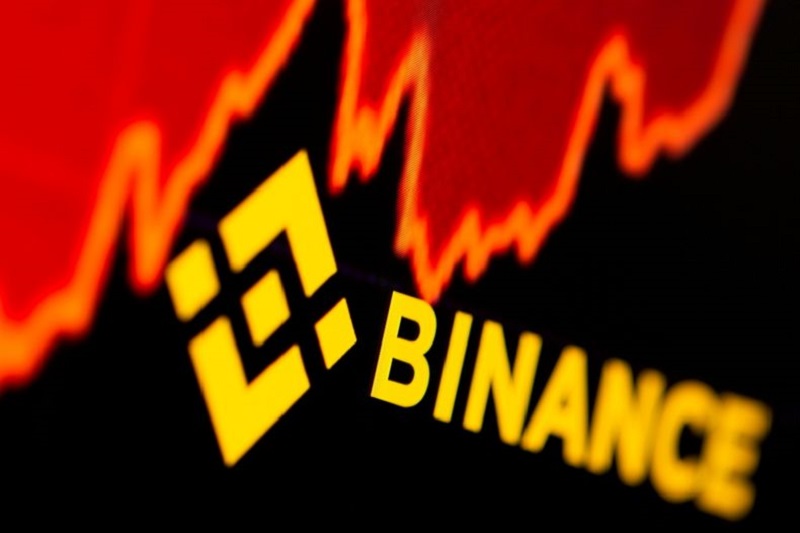Investing.com - In the wake of FTX's bankruptcy, CZ, the boss of Binance, the world's largest cryptocurrency exchange platform by trading volumes, floated the idea of "proof of reserves," urging exchange platforms to disclose details of their reserves to reassure about their financial health.
Binance had subsequently disclosed some unaudited details of its reserves - the December 7 release of an independent report by Mazars, which was presented as evidence that the CZ platform will not follow the same path as Sam Bankman-Fried.
Mazars' report on Binance's Bitcoin reserves has grey areas
According to experts interviewed by the Wall Street Journal, this report does not only contain reassuring elements. It has raised what could be described as red flags in Binance's finances.
In particular, the Mazars report was criticized for its lack of information related to the quality of internal controls and the method used by Binance's systems to liquidate assets as part of the margin loan coverage.
WSJ sources also expressed concern about the lack of information about Binance's corporate structure. Notably, Binance's Chief Strategy Officer, Patrick Hillmann, was reportedly unable to name Binance's parent company, arguing that the company has been in the midst of a reorganization for nearly two years.
Experts the newspaper spoke to also complained that Binance's evidence of reserves shows that client funds are 97% secured, excluding assets lent to users through loans or margin accounts. In fact, the 1:1 ratio of reserves to client assets advocated by Binance has not been met, at least according to the WSJ's calculations based on the figures in the Mazars report.
Binance's customer funds guaranteed at 97% or 101%, depending on the calculation method
In contrast, "with the inclusion of In-Scope Assets lent to customers through margin and loans which are overcollateralized by Out-Of-Scope Assets, we found that Binance was 101% collateralized," Mazars said.
Specifically, the Mazars report presented three figures, denominated in bitcoin, including the "Customer Liability Balance Report," with a balance of 597,602 bitcoins and the "Asset Balance Report," with a balance of 582,486 bitcoins, representing a client asset coverage of 97.4%.
The third figure, the "Net liability balance (excluding In-Scope Assets lent to customers)," showed a liability figure adjusted downward by about 21,860 bitcoins to 575,742 bitcoins. And the calculation on that basis does indeed say that Binance's customer funds are 101% backed by reserves.
Binance spokeswoman Jessica Jung said that the difference of 21,860 bitcoins was "made up of BTC loans made to customers through the Binance loan program" and that "the collateral for said loans are not in BTC, but in other currencies."
Note that the reasons for the adjustment could be related to the fact that the Mazars report focused solely on bitcoin, purposely emitting all other cryptocurrencies.
However, Binance has stated that it will start publishing information about other cryptocurrencies available on its platform and related reserves in the coming weeks.
So we'll have to wait a little longer before we get a complete and realistic picture of the company's financial strength.
